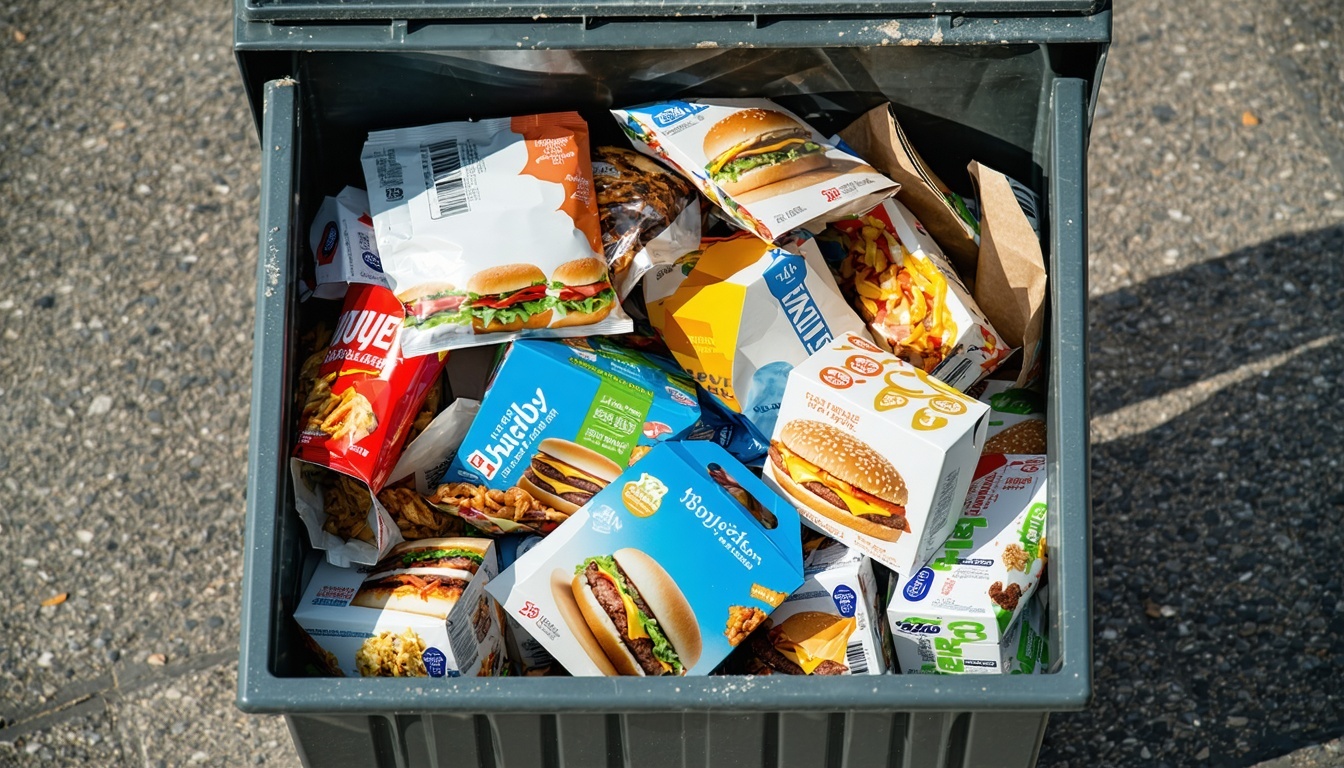Understanding Fast Food Packaging: Recyclable or Not?

Ever wondered what happens to your fast food packaging after you toss it in the trash? You might be surprised to learn that not all fast food packaging is created equal when it comes to recyclability.
The Types of Fast Food Packaging Materials
Fast food packaging comes in a variety of materials, each with different properties and recycling potentials. Common materials include paper, cardboard, plastic, and aluminum. Paper and cardboard are often used for wrappers and boxes, while plastic is frequently used for cups, lids, and utensils. Aluminum is typically found in soda cans and some food containers.
The recyclability of these materials largely depends on their condition and the recycling facilities available in your area. For example, clean cardboard and paper are generally recyclable, but once they are contaminated with food, they may no longer be suitable for recycling. Similarly, not all types of plastic are recyclable, and some, like polystyrene foam, are particularly challenging to recycle.
Common Misconceptions About Recycling Fast Food Packaging
One common misconception is that all fast food packaging can be recycled if it is made of paper or plastic. However, this is not always the case. Food contamination can render otherwise recyclable materials non-recyclable. For instance, a greasy pizza box is often not recyclable because the grease cannot be separated from the paper fibers.
Another misconception is that recycling facilities accept all types of plastics. In reality, many recycling programs only accept specific types of plastic, such as PET and HDPE, while others, like polystyrene, are not accepted due to the cost and complexity of recycling them.
Environmental Impact of Non-Recyclable Fast Food Packaging
Non-recyclable fast food packaging contributes significantly to environmental pollution. When these materials end up in landfills, they can take hundreds of years to decompose, releasing harmful chemicals into the soil and groundwater. Additionally, plastic packaging often finds its way into oceans, harming marine life and ecosystems.
The production of non-recyclable packaging also has a significant carbon footprint. Manufacturing these materials often involves the use of fossil fuels and results in the release of greenhouse gases, contributing to climate change.
Innovative Solutions and Alternatives
Innovative solutions are emerging to address the issue of non-recyclable fast food packaging. Some companies are developing biodegradable and compostable packaging made from materials like cornstarch, bamboo, and sugarcane. These materials break down more easily in the environment and can be composted along with food waste.
Another promising solution is the development of reusable packaging systems. Some fast food chains are piloting programs where customers can return their packaging for cleaning and reuse. This not only reduces waste but also encourages a circular economy.
How You Can Make a Difference
As a consumer, you can play a crucial role in reducing the environmental impact of fast food packaging. One simple step is to properly sort your waste and ensure that recyclable materials are clean and free from food contamination. This increases the likelihood that they will be successfully recycled.
You can also support businesses that are committed to sustainable practices. Look for fast food chains that use eco-friendly packaging and participate in recycling or composting programs. Additionally, consider bringing your own reusable containers, cups, and utensils when ordering takeout to minimize waste.